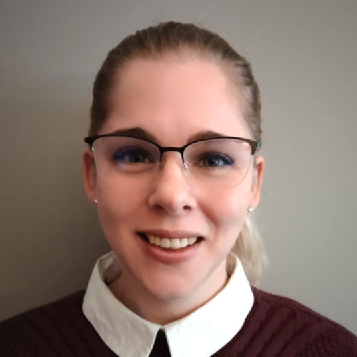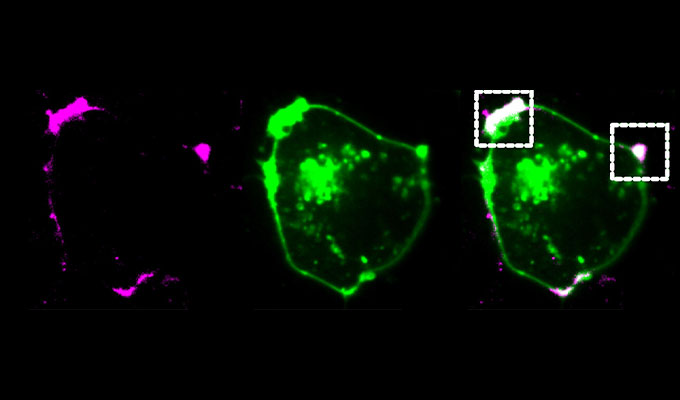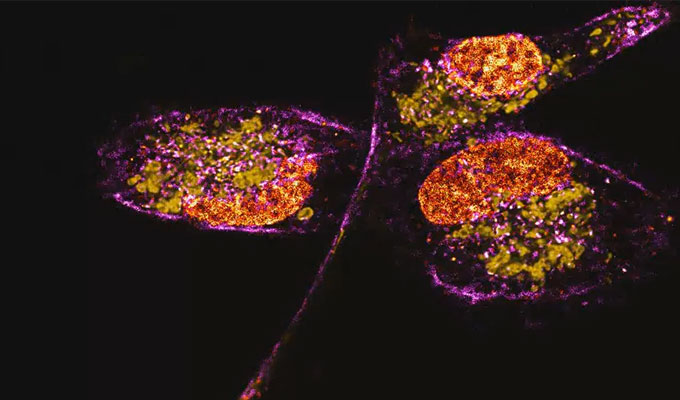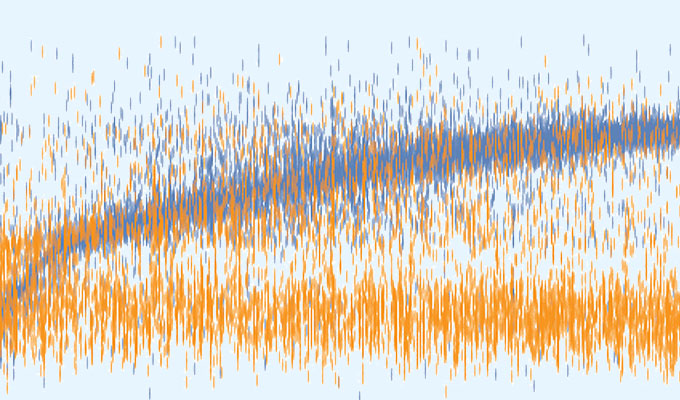Abstract
Nanobodies are recombinant antigen-specific single domain antibodies derived from the heavy chain–only subset of camelid immunoglobulins. These antibodies, also known as VHHs, hold immense potential in biomedical research due to their small size, high affinity, and stability.
Raymond Owens' group at the Rosalind Franklin Institute, has been at the forefront of nanobody research. Their work involves generating nanobodies against a diverse array of antigens for applications spanning cell and structural biology. Leveraging phage display libraries constructed from the peripheral blood cells of immunized llamas and alpacas, they have successfully generated nanobodies to over 75 different antigens since 2019. These nanobodies have found utility as structural chaperones, diagnostics, and even anti-viral therapeutics for diseases like SARS-CoV-2.
In this webinar, we present a standardized process for nanobody discovery from Llama, covering immunization, library building, panning, and small-scale expression for binding clone prioritization, as well as cloning strategies to functionalize a subset of nanobodies for further downstream applications such as imaging and purification.
Highlights:
1. A standardized workflow for nanobody discovery from llama immunization to ligation-independent cloning for VHH domain library construction and small-scale expression screening.
2. Introduction of two suites of vectors with generic VHH cloning primers for nanobody functionalization in bacterial or mammalian cells, enhancing their adaptability for various applications in imaging and purification.
Speaker

Lauren Eyssen, Ph.D.
Staff Scientist, Rosalind Franklin Institute
Dr. Lauren Eyssen is a staff scientist in Professor Ray Owens’ group at the Rosalind Franklin Institute, UK, where she is working on different aspe...
View more
Moderator

Ray Owens, Ph.D.
Head of Protein Production UK, Rosalind Franklin Institute
Dr. Raymond Owens is currently a Professor of Molecular Biology in the Structural Biology Division of the Nuffield Department of Medicine, Universi...
View more
References
Eyssen, L. E. A., Ramadurai, S., Abdelkarim, S., Buckle, I., Cornish, K., Lin, H., Jones, A. K., Stephens, G. J. and Owens, R. J. (2024). From Llama to Nanobody: A Streamlined Workflow for the Generation of Functionalised VHHs. Bio-protocol 14(6): e4962. DOI: 10.21769/BioProtoc.4962.
Do you have a question about this webinar?
Post your question, and we'll invite the webinar speaker to respond. You're welcome to join the discussion by answering or commenting on questions ( Note: Not all questions, especially those not directly relevant to the webinar topic, may be answered by the speaker. ).
Tips for asking effective questions
+ Description
Write a detailed description. Include all information that will help others answer your question.
13 Q&A
Are the genetic sets of vectors for library building readily available for everyone, eg: are they open source and sharable?
Is it ok to use pAPIII6 vector for nanobody biopanning and expression,and what is the suitable medium for expression?
I want to use this nano-body mediated E3 ligase technique to edit in plant (knockout gene) will you please let me know in brief how to do it?



